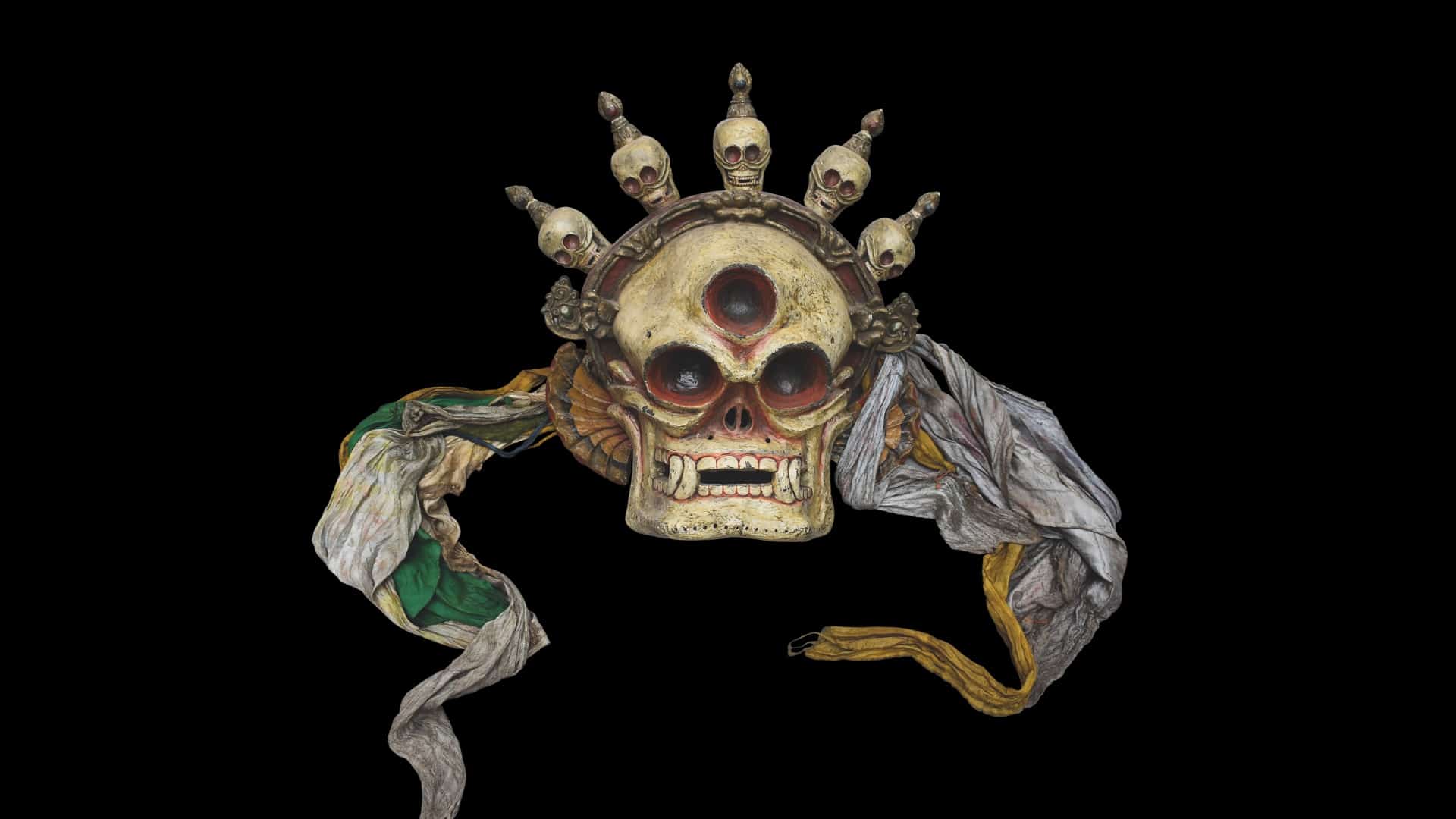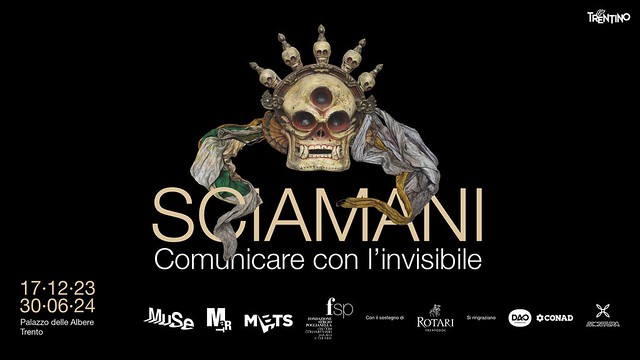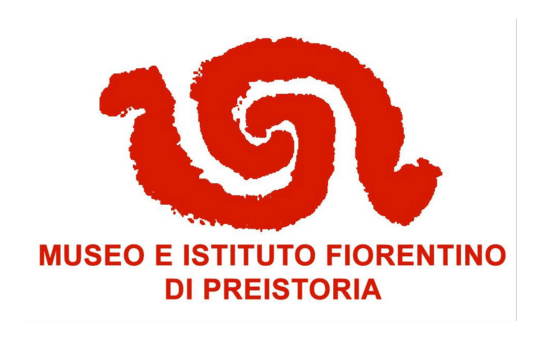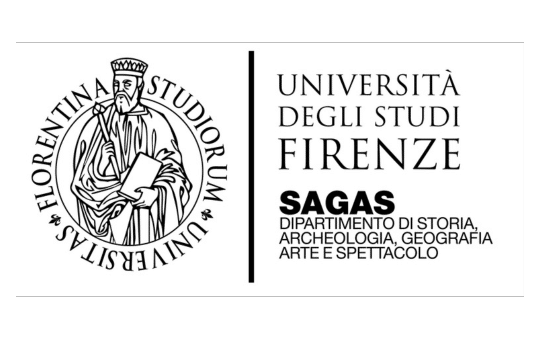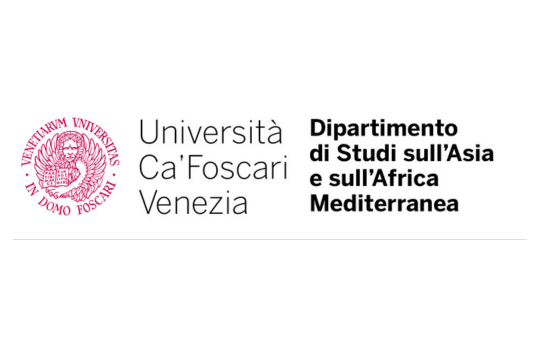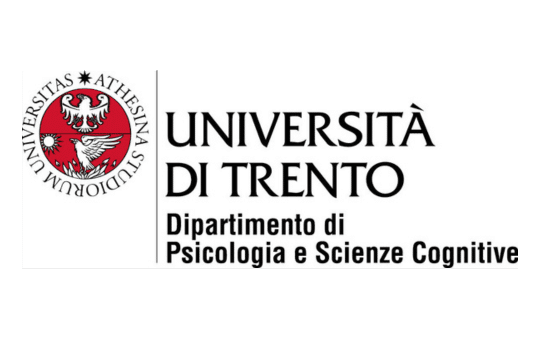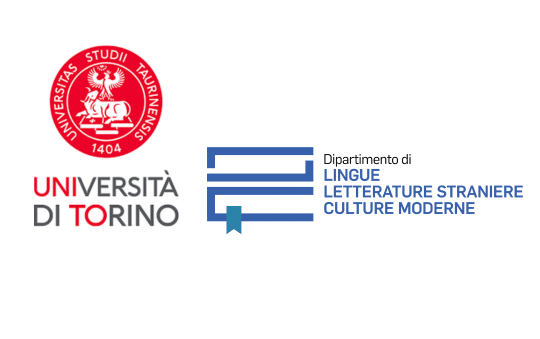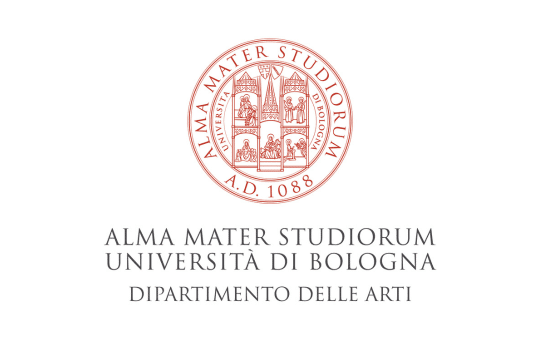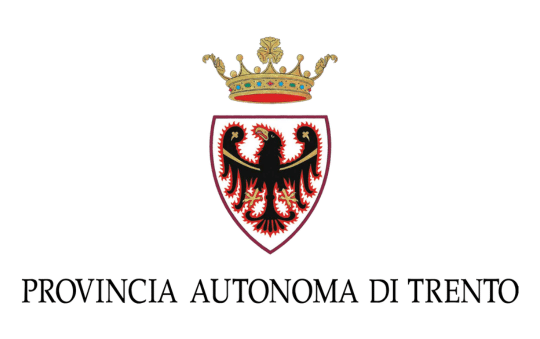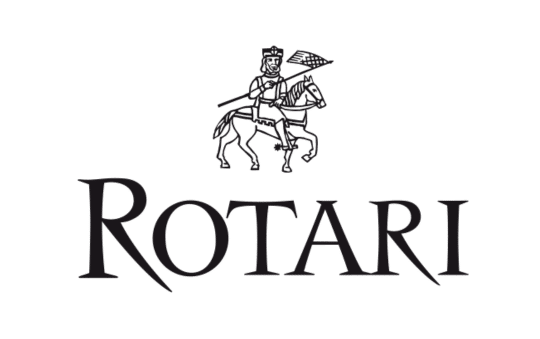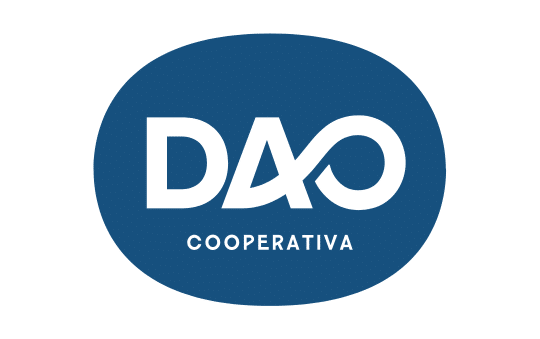Shamans and shamanism: terms that evoke an imagery of atavistic rituals, eerie masks, hallucinations and exotic places. But what really is shamanism? Who are shamans and what do they do? And do they still exist?
An immersive journey through anthropology, ethnography, psychology, archaeology and art to discover the places, rituals, languages and objects of the Mongolian and Siberian cultures that still practise shamanism today.
The focal point of the exhibition is the Sergio Poggianella Foundation‘s collection and experience with more than one hundred exhibits and artefacts from China, Siberia and Mongolia that allow the theme to be investigated in its entirety and complexity.
For the first time, three important museums of the Autonomous Province of Trento are united for this exhibition: MUSE – Science Museum of Trento, Mart, Museum of Modern and Contemporary Art of Trento and Rovereto, and METS – Trentino Ethnographic Museum of San Michele all’Adige.
